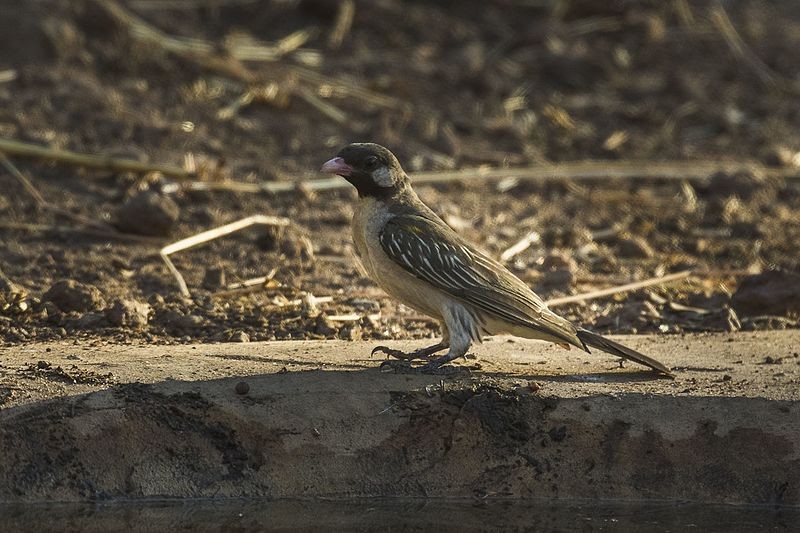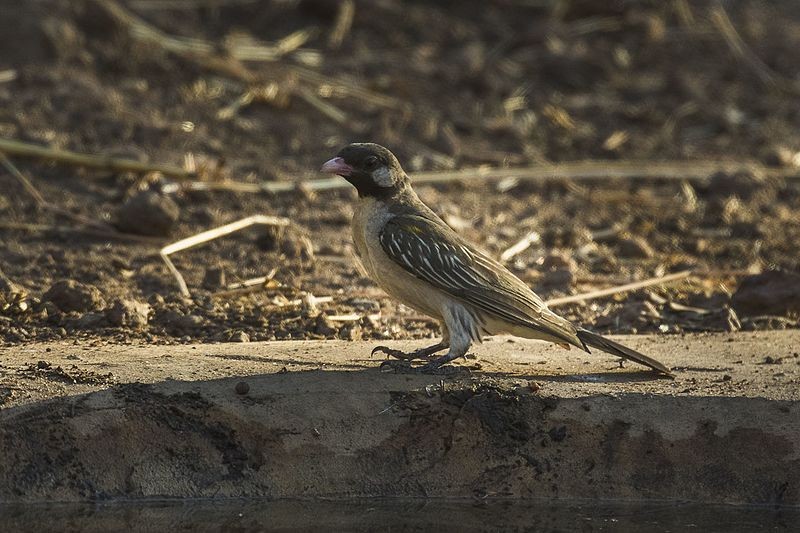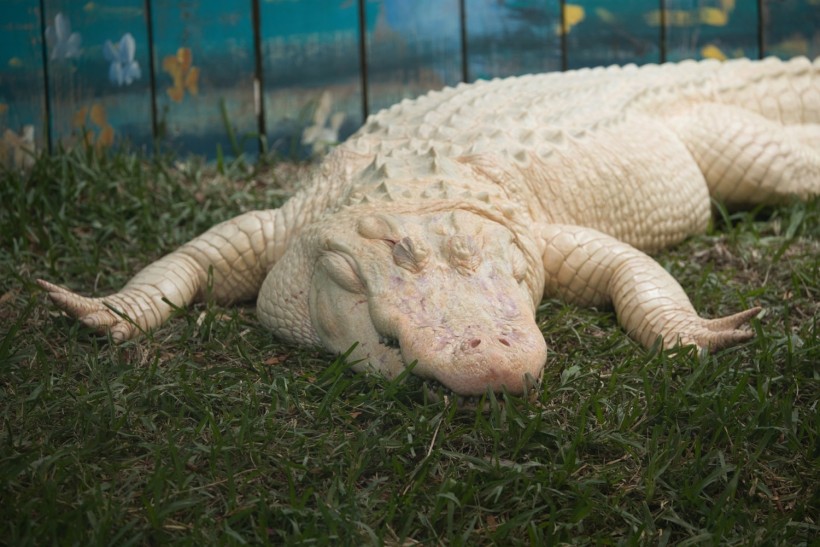[ad_1]
Birds are more likely to help humans find honey due to familiar calls made by the latter, according to a new study led by scientists in the United States.
The bird species in question is the greater honeyguide, which is known for leading honey hunters to bee nests. While it is evident that human-wild bird cooperation is working, little is known about the exact linguistic mechanism behind the phenomenon before the study.
Now, scientists explored Africa to further understand these wild birds.
The new research paper highlights rare mutualistic cooperation between honey hunters and greater honeyguide (Indicator indicator), a small African bird that has a track record of assisting their human helpers to sources of honey, mainly to the nests of African honey bees (Apis mellifera).
Once a nest is found, humans obtain honey and bee larvae, while the wild birds consume beeswax in the now-exposed honeycomb.
Human-Wild Bird Cooperation

(Photo : Photo by Francesco Veronesi from Italy via Wikimedia Commons)
In the scientific report published in the journal Science on Thursday, December 7, biologists William Searcy from the University of Miami in Florida and Stephen Nowicki from the Duke University in North Carolina explored the mystery behind the human-wild bird cooperation in Africa.
The authors of the study confirmed that both the birds and humans involved in the cooperation used specialized sounds to communicate their availability to participate in the activity.
The study also found that the cooperation is more complex as it looks since the researchers found that humans in two separate geographic areas in Africa (Tanzania and Mozambique) use different sounds to communicate with greater honeyguides.
The birds, in turn, respond to the produced signals in their own local areas, confirming that the coordination between signal and response that “cultural coevolution” has occurred, the biologists say.
Also Read: Caught on Cam: Bird Goes Viral After Singing the Harry Potter Theme
Greater Honeyguide
Scientists are not exactly sure how and when greater honeyguides learned these unique human calls coming from honey hunters.
However, the Science study indicates that the human-wild bird cooperation could be ancient. Initially thought of as a folktale or superstition, the myth surrounding the relationship between greater honeyguides and humans came to light in a seminal study published in 1989.
It revealed about the honeyguide-honey hunter relationship. This evidence confirms the tale of coevolution between the two species.
The greater honeyguide can be found in sub-Saharan Africa, primarily in the open, dry forests scattered across the continent. They parasitize nests of 40 different species of birds and are attracted to hole-nesting species, according to the Audobon Society of Western Pennsylvania.
The mystery of how honeyguides learn and associate honey hunter calls is a subject of further study.
However, previous research shows that birds in general, including songbirds and parrots, are capable of vocal learning. There is also evidence that some avians can mimic sounds from human trainers but do not understand their linguistic meaning and structure of them.
Related Article: Mating Calls: Birds That Sing Together Are More Faithful
© 2023 NatureWorldNews.com All rights reserved. Do not reproduce without permission.
[ad_2]




